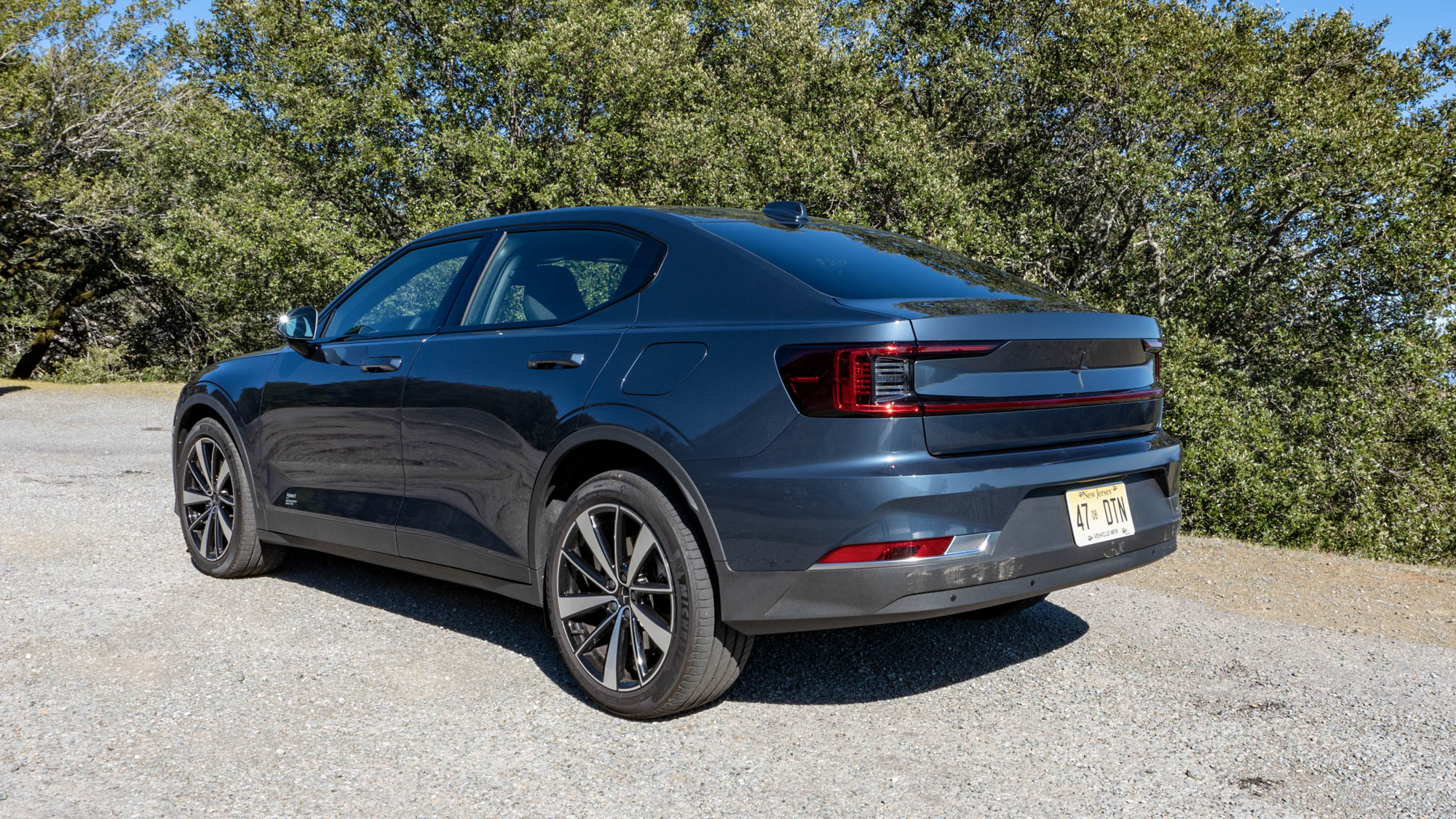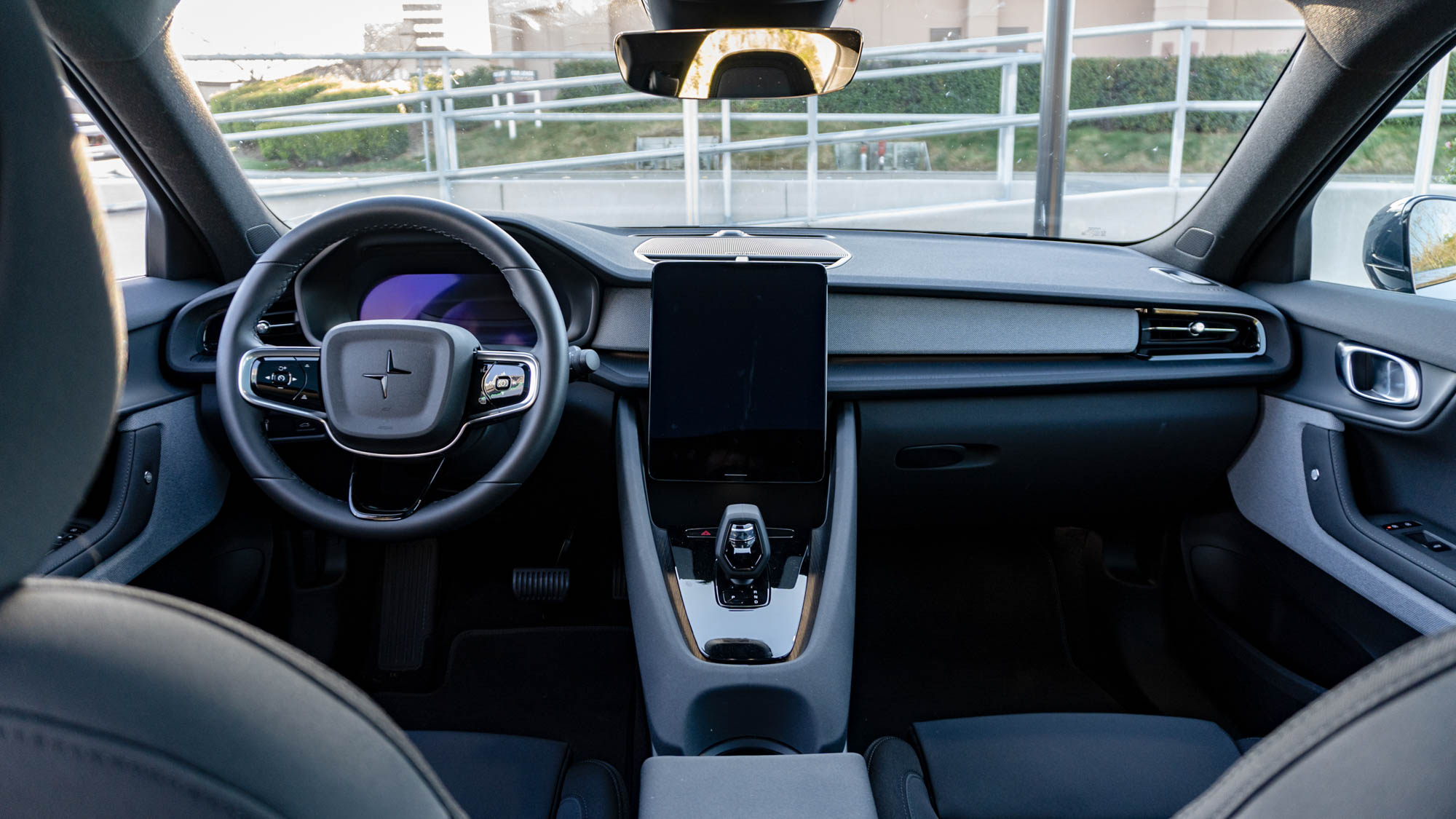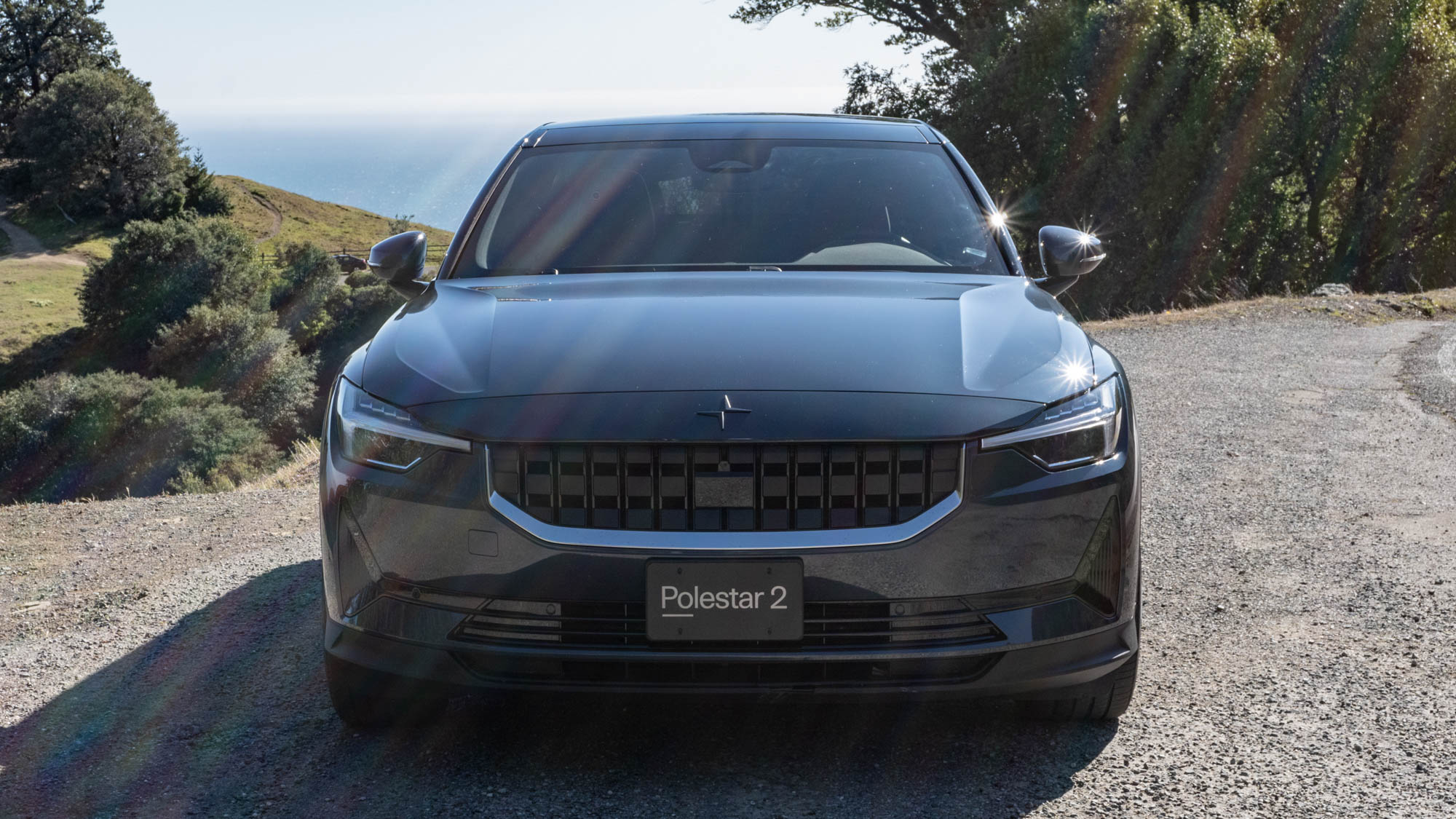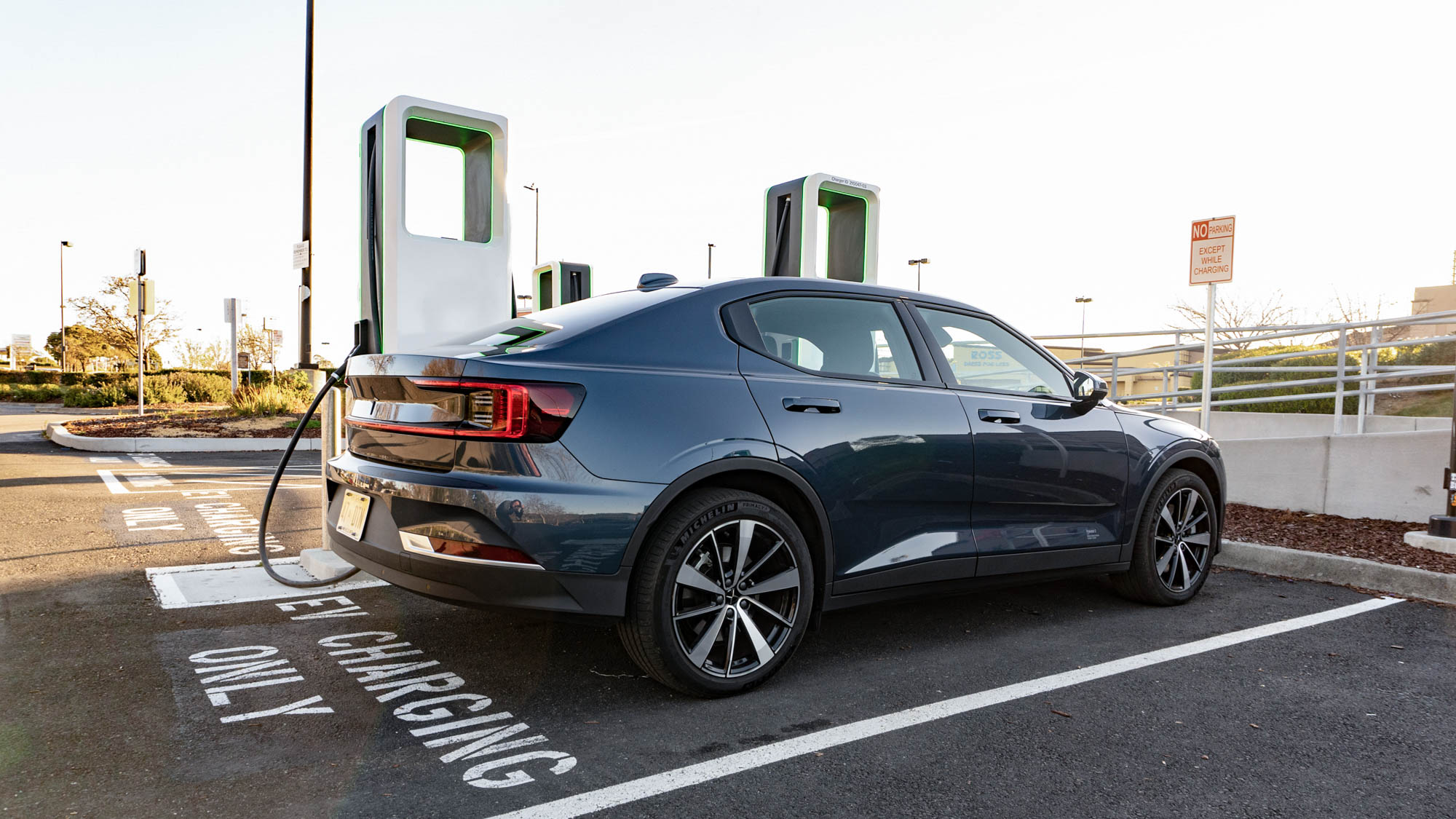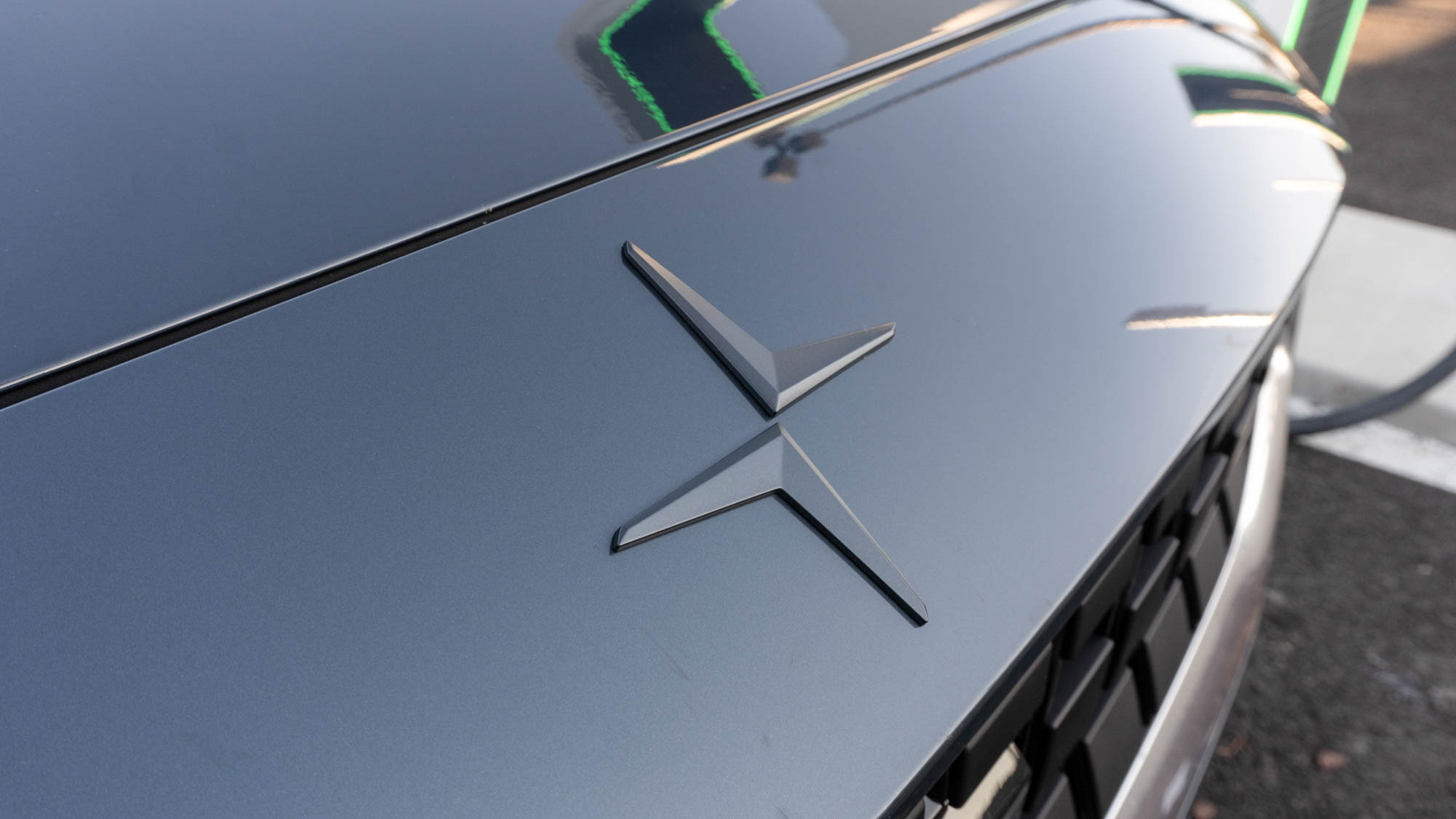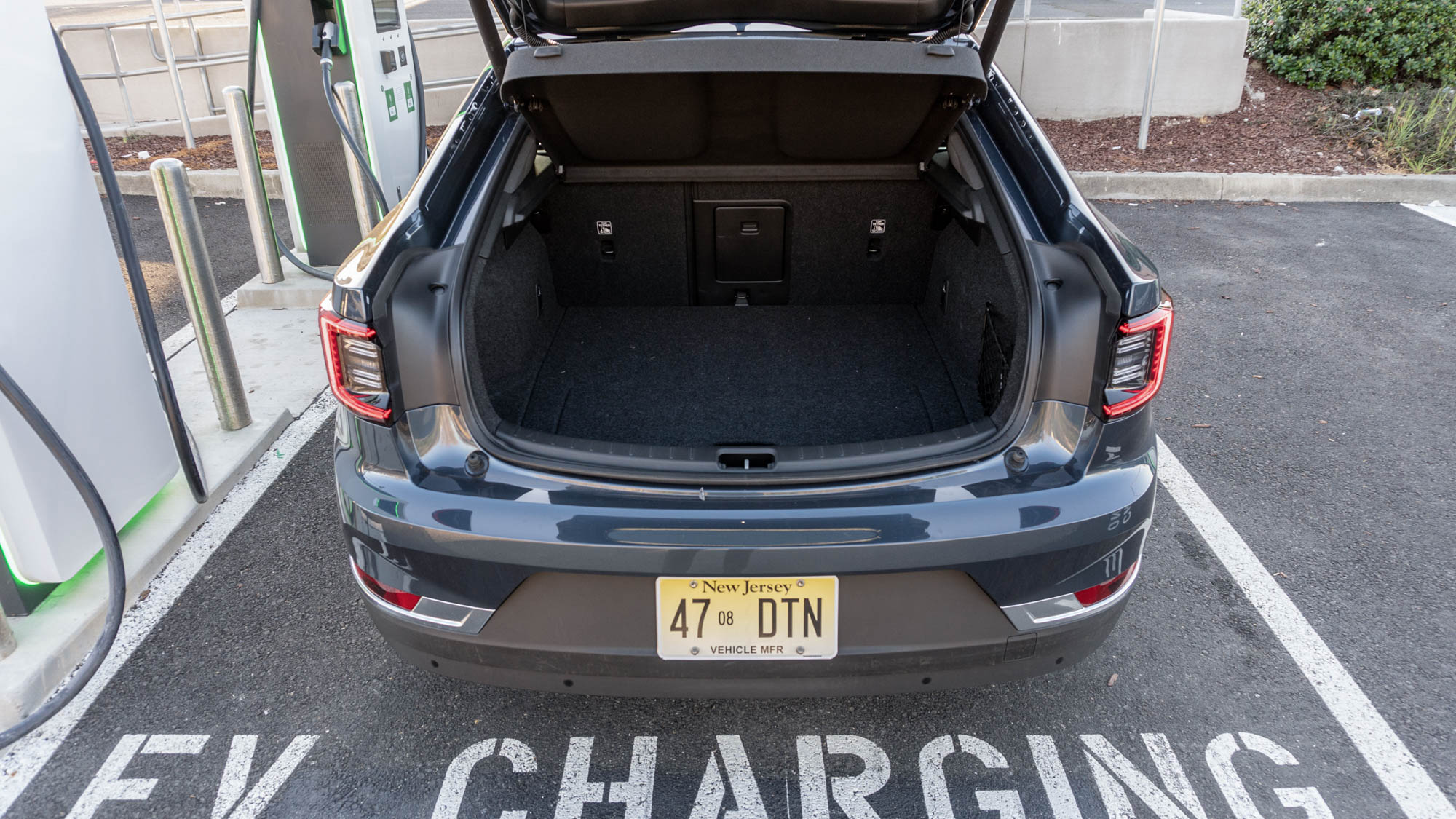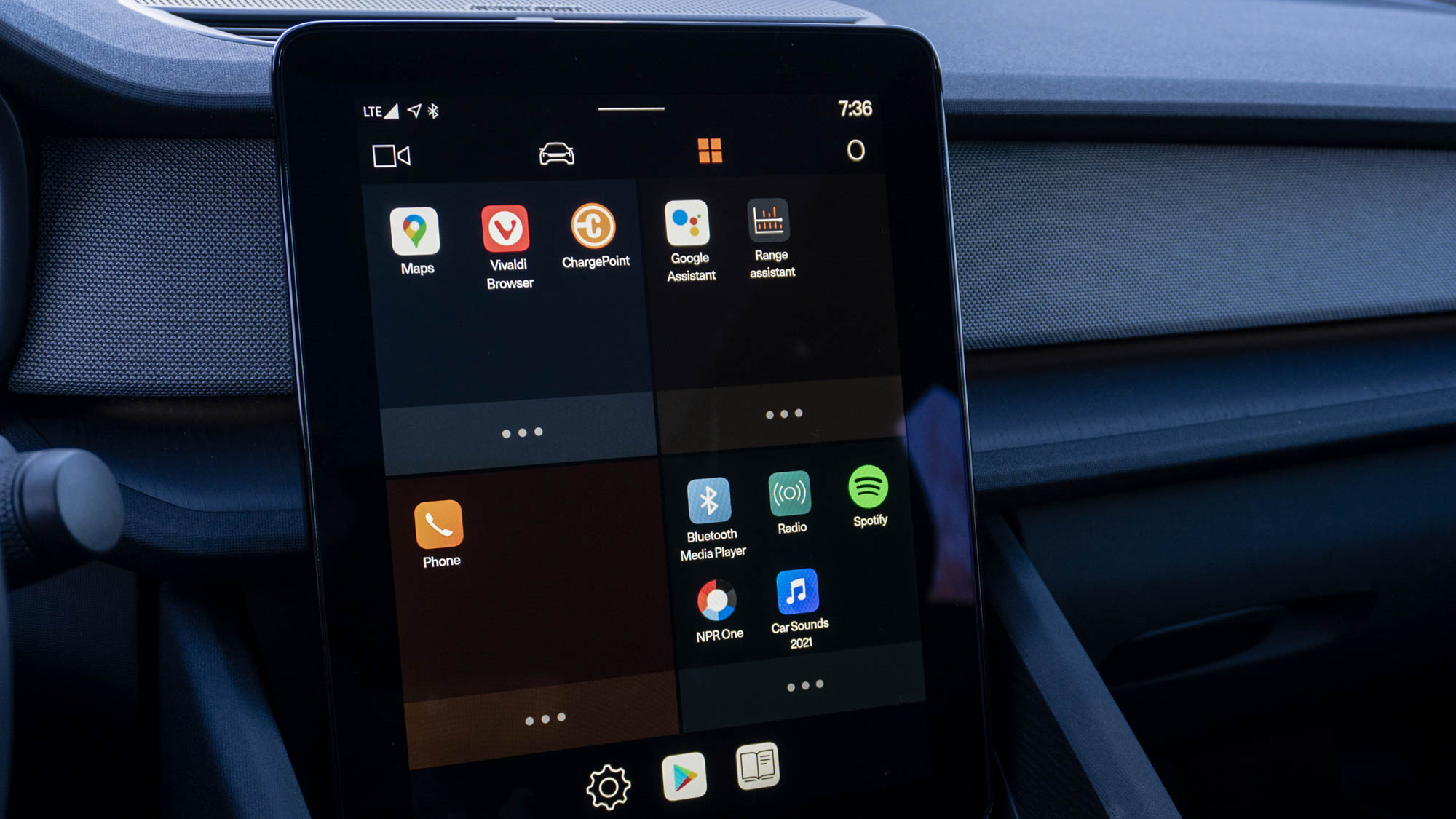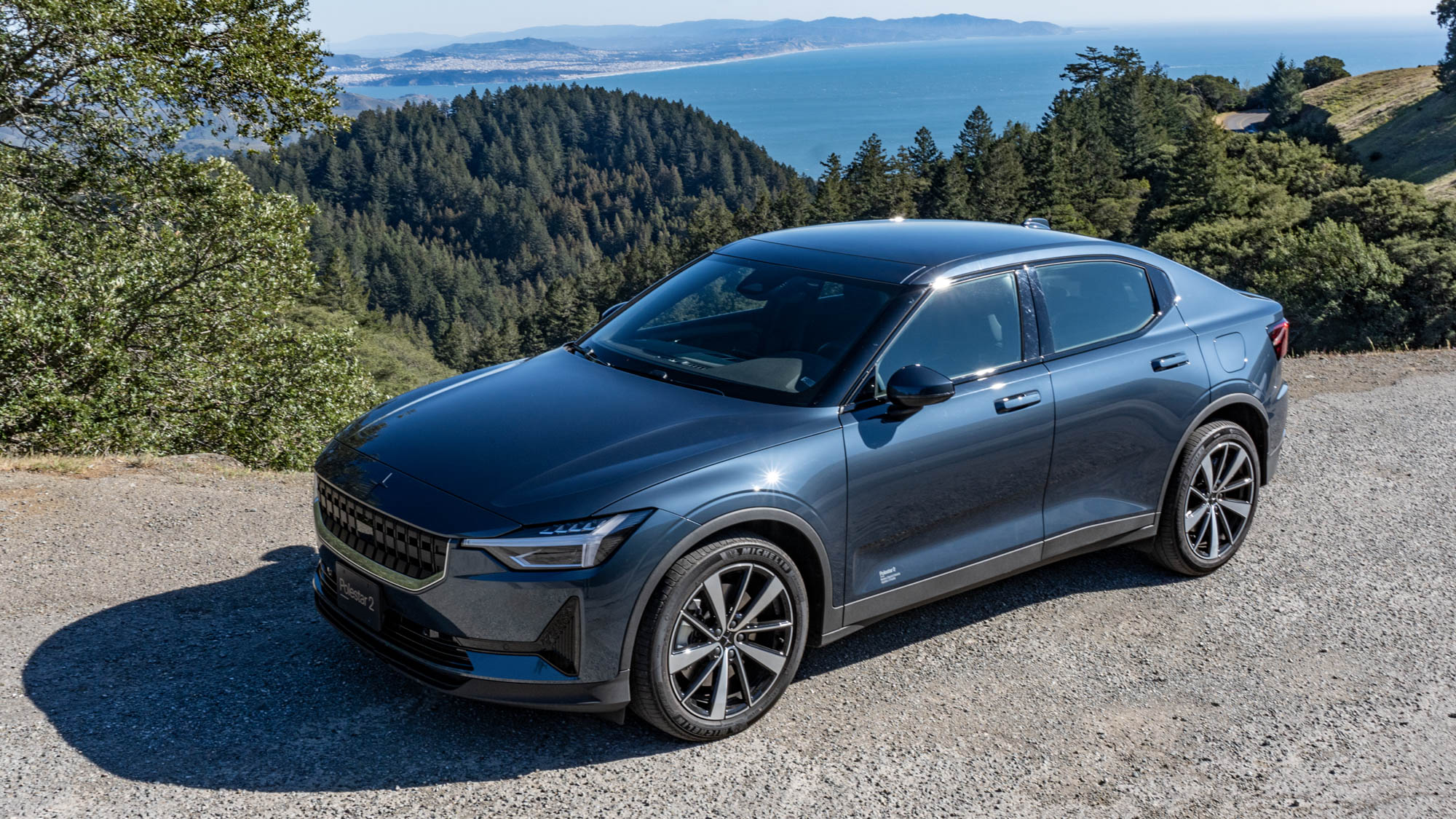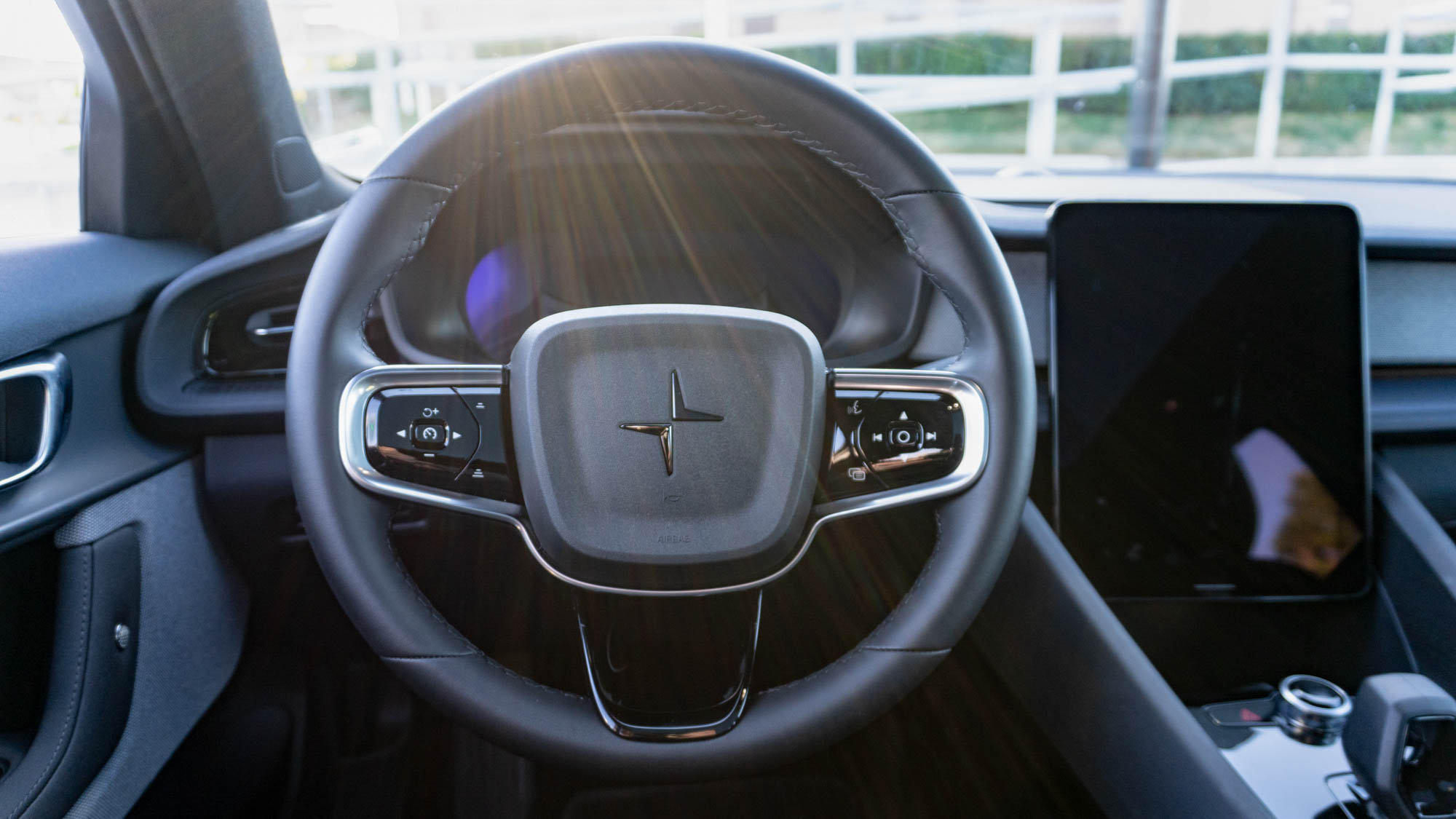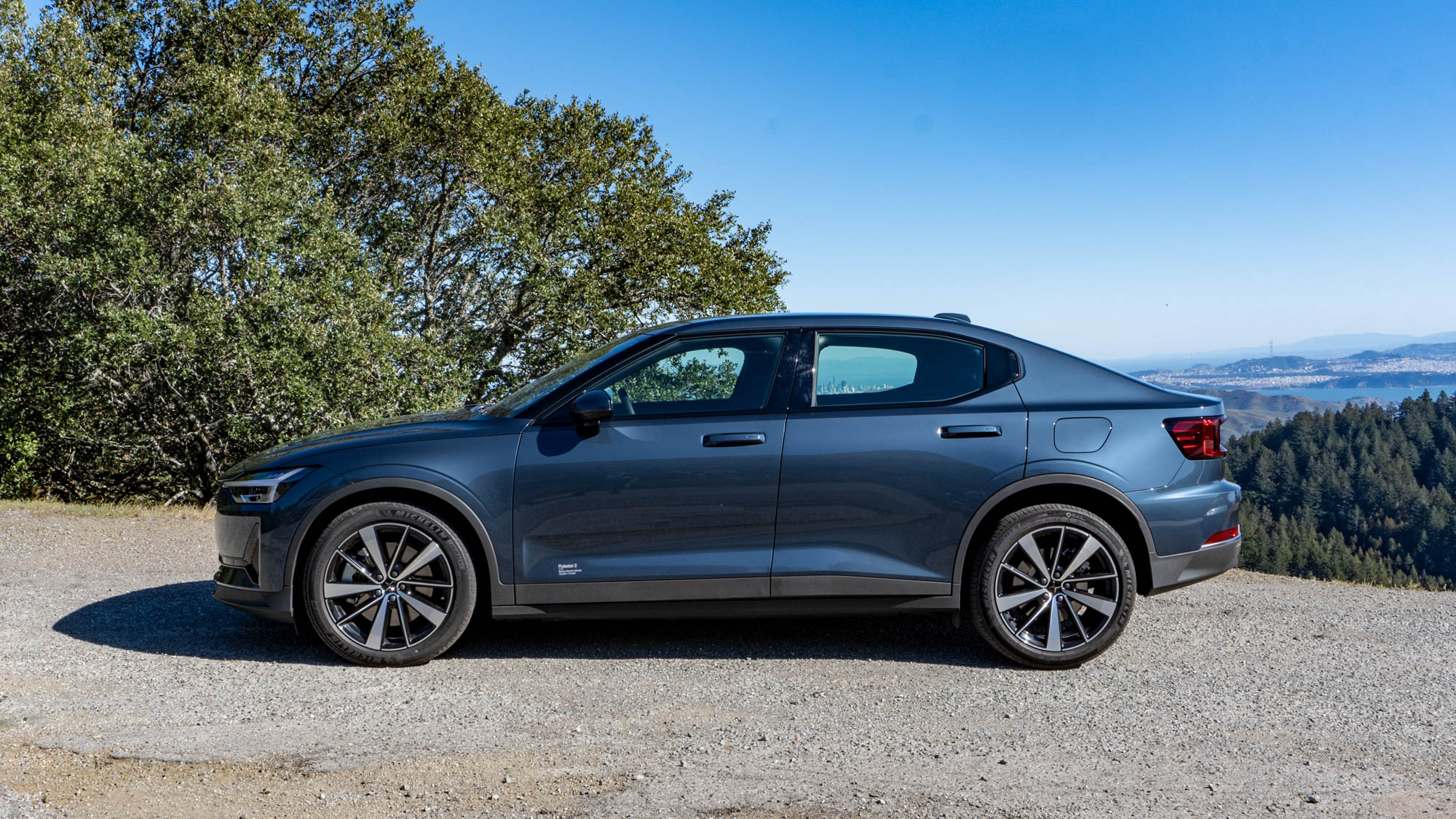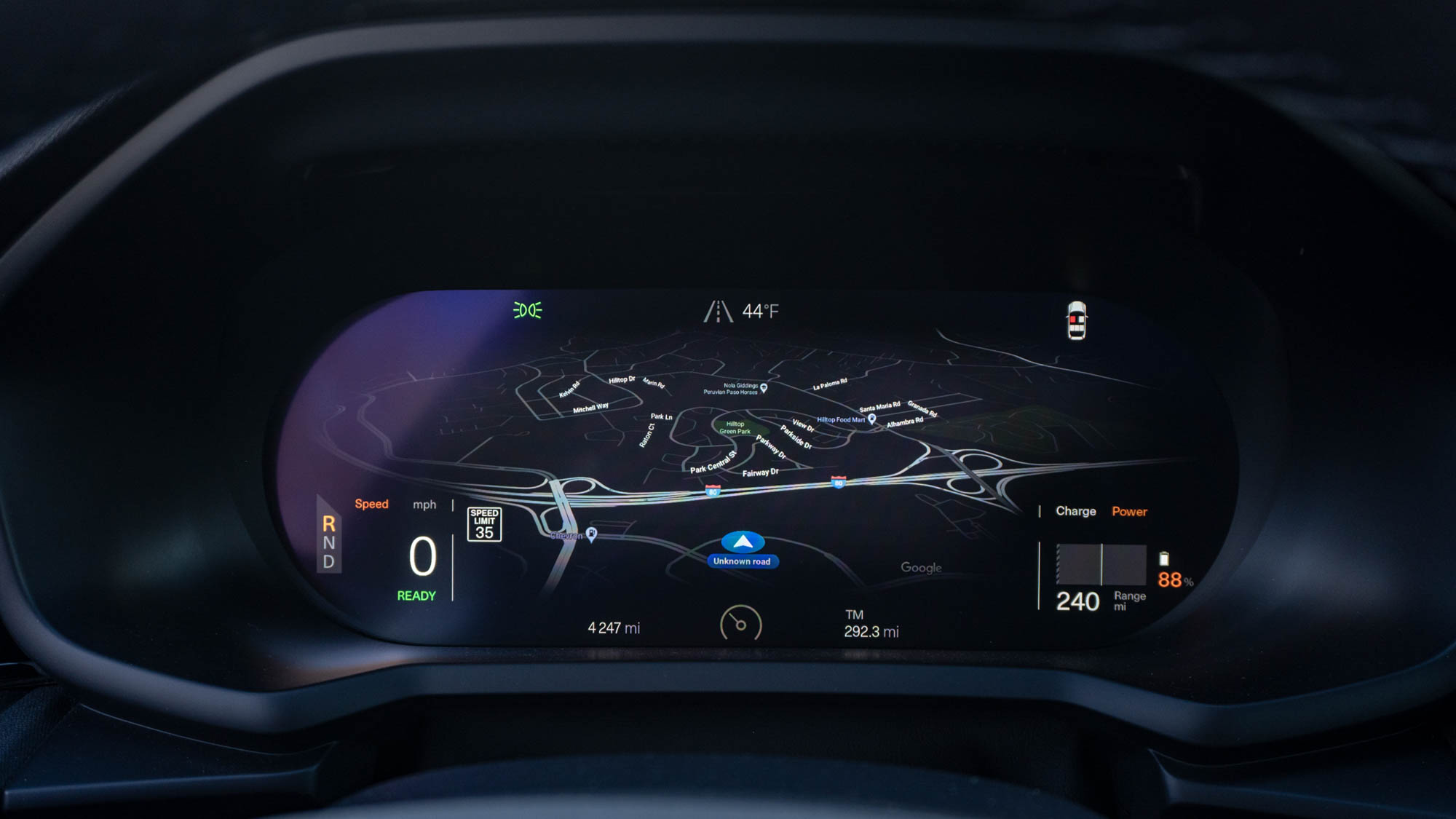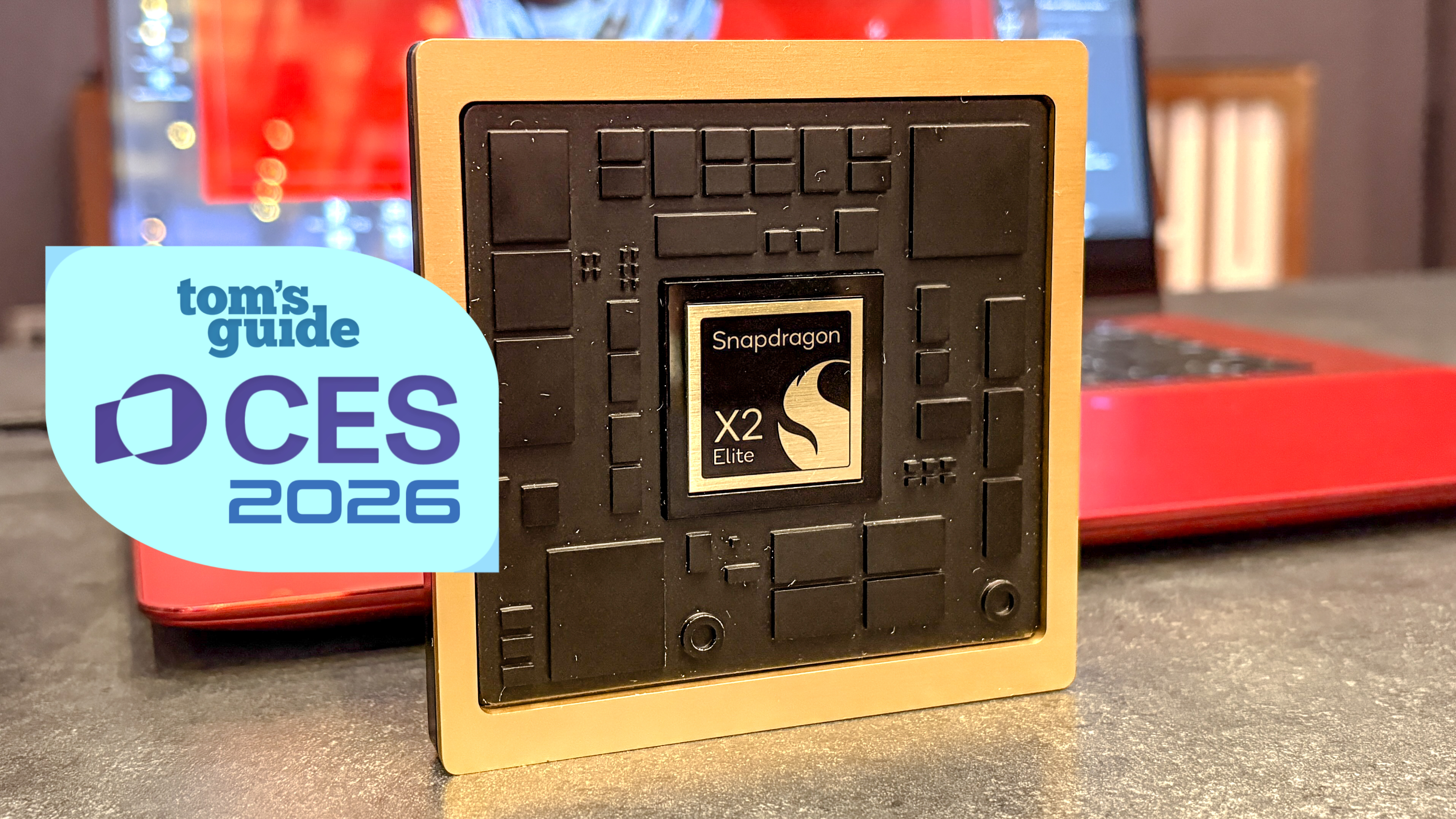Tom's Guide Verdict
A great longer-range follow-up to the launch edition that doesn't have much of the driving dynamics that quickened our pulse last year.
Pros
- +
270+ miles of range
- +
Enjoyable and dynamic driving characteristics
- +
Android Automotive OS
Cons
- -
Apple CarPlay support is still not implemented
- -
Adaptive Cruise Control is not standard
- -
Slow off the line
Why you can trust Tom's Guide
Release date: Available now
Price: From $45,900; $52,400 as tested.
Power: Single-motor front-wheel drive
Horsepower: 231hp
Battery Range: 270
Top Speed: 100mph
Smarts: Android Automotive OS, Google Assistant, and Alexa. CarPlay Support coming; eventually.
The first version of the Polestar 2 (the Launch Edition) was a great vehicle. It was a solidly built EV that delivered on performance, style, and Swedish luxury. There was one issue: range. In the grand scheme of things, 233 miles of range isn’t really a problem. But with fears of range anxiety still gripping many potential buyers, anything south of 250 miles is a concern.
Polestar wasted no time introducing two new variants of the Polestar 2 for 2022. The Long Range Dual Motor and Long Range Single Motor are here and informing the public that, yes the vehicle has more range this time round. According to the EPA, Polestar offers 270 miles of range inside a 78kWh capacity battery pack (of which 75kWh is available for use). In real world use, however, we actually got better results than the EPA.
Design-wise, the Swedish automotive startup is still very closely aligned to its parent company, Volvo. Both are owned by Chinese automaker Geely which also purchased Lotus early last year. The investment Geely has made into Volvo and Polestar has produced a steady stream of impressive vehicles.
That investment also means shared platforms. The Polestar 2 shares one with the Volvo XC40 and C40 EVs. Even the design of the Polestar 2 and Polestar 1 are in line with Volvo’s aesthetic and are based on a Volvo concept car. None of this is a bad thing, but the startup is working to break away from its parent company design-wise in the future.
Plus that Swedish minimalism actually translates to an interior layout that works well with the move to touchscreen controls. It’s also one of the first vehicles to come equipped with the Android Automotive operating system, a move that helps it deliver a robust experience. Though admittedly this could raise the eyebrows of potential buyers concerned about Alphabet’s vast trove of data it’s compiled on each of us.
Behind the wheel, the decision to go with front-wheel drive instead of rear-wheel drive might turn off some very hard-core driving enthusiasts. The reality is that if you’re a fan of the Golf GTI, Mini Cooper, and Honda Civic, you will be happy with the driving dynamics of the Polestar 2’s single motor setup. It’s planted squarely to the road, is a blast on backroads and delivers a mostly smooth ride around town.
The Polestar 2’s motor can deliver 231 horsepower and with a zero to 60 time of a not-that-exciting 7.0 seconds. Still the EV torque still shines when you’re actually cruising down the road and need a burst of power to pass someone.
Get instant access to breaking news, the hottest reviews, great deals and helpful tips.
In-car tech is handled by Android Automotive OS which means access to a robust voice assistant that can control media, climate, navigation, and answer random questions. Apple CarPlay is planned to be supported at some point in the future, but there’s currently no announced timeline on when that might be.
But even as the slowest Polestar 2 available, we came away impressed during the week we drove the single motor variant. The vehicle continues to display the dynamic driving capabilities that made the Polestar 2 launch edition such a great EV, with a better-than-advertised range and an infotainment system that pairs well with Swedish minimalism.
Release date, pricing, and trim levels
The 2022 Polestar 2 is available now and is offered in two trim levels. The long-range single motor that we reviewed and the more powerful long-range dual motor variant. Both have the same 78kWh capacity battery pack, with the single motor offering a range of 270 miles, 231 horsepower and 243 pound-feet of torque. The dual-motor trim level has a range of 249 miles, 408 horsepower and 486 pound-feet of torque.
The starting price for the Long Range Single Motor Polestar 2 is $45,900. For an additional $4,000 ($49,900) customers can upgrade to the Long Range Dual Motor Polestar 2. Within these trim levels, Polestar offers three package upgrades. The $3,200 Pilot pack’s biggest feature is adaptive cruise control and lane-centering features.
The $4,000 Plus pack includes a heat pump and interior niceties including a Harmon Kardon sound system, heated rear seats, and wireless charging. For those looking for more oomph, the $5,000 Performance pack includes Öhlins Dual Flow Valves shock absorbers, Brembo four-piston calipers, and performance summer tires.
All trim levels are subject to a $1,300 destination fee. Both Polestar 2s are eligible for the federal government’s $7,500 tax credit in addition to any state and local incentives.
Range, battery, and charging
Polestar’s EPA ratings, like that of the electric Mini SE, seemed to be downplaying the actual range of the vehicle.
While test driving the vehicle in a mixed environment which included highway driving with the cruise control set to 70 miles an hour, suburban driving, and winding back roads, the Polestar 2 Long Range Single Motor posted 278 miles of range. Which is eight miles more than the EPA rating.
The vehicle supports DC fast charging up to 155kW at compatible stations, which Polestar states can take the 78 kWh battery pack from 10% to 80% in about 35 minutes. It’s a good charge rate, but not great considering that the Hyundai IONIQ 5, Kia EV6, and Tesla Model Y all support DC fast charging up to 250kW.
Still, when hooked up to a DC fast charging station we had just enough time to do some quick shopping before the charging app warned us that the vehicle was done. The car needed to be unplugged and moved pronto, lest we accrue idle charges for taking up a charging station.
Level 2 AC onboard charging is available up to 11kW, which is more than enough to have the vehicle ready in the morning after an overnight charge.
Interior and cargo space
If you’ve been inside a Volvo, the Polestar 2 will be very familiar. The vehicle interior design is essentially the same as that found in Volvos. Buttons are kept to a minimum and controls on the steering wheel are reduced to arrows, circles, and just a few pictographs. For the most part, what’s available is what you need to control most of the vehicle's systems. Although, we do wish that there were actual buttons for climate controls.
Fortunately, Polestar has decided to keep the stylish shift lever in the center console to change gears instead of moving to a push-button system.
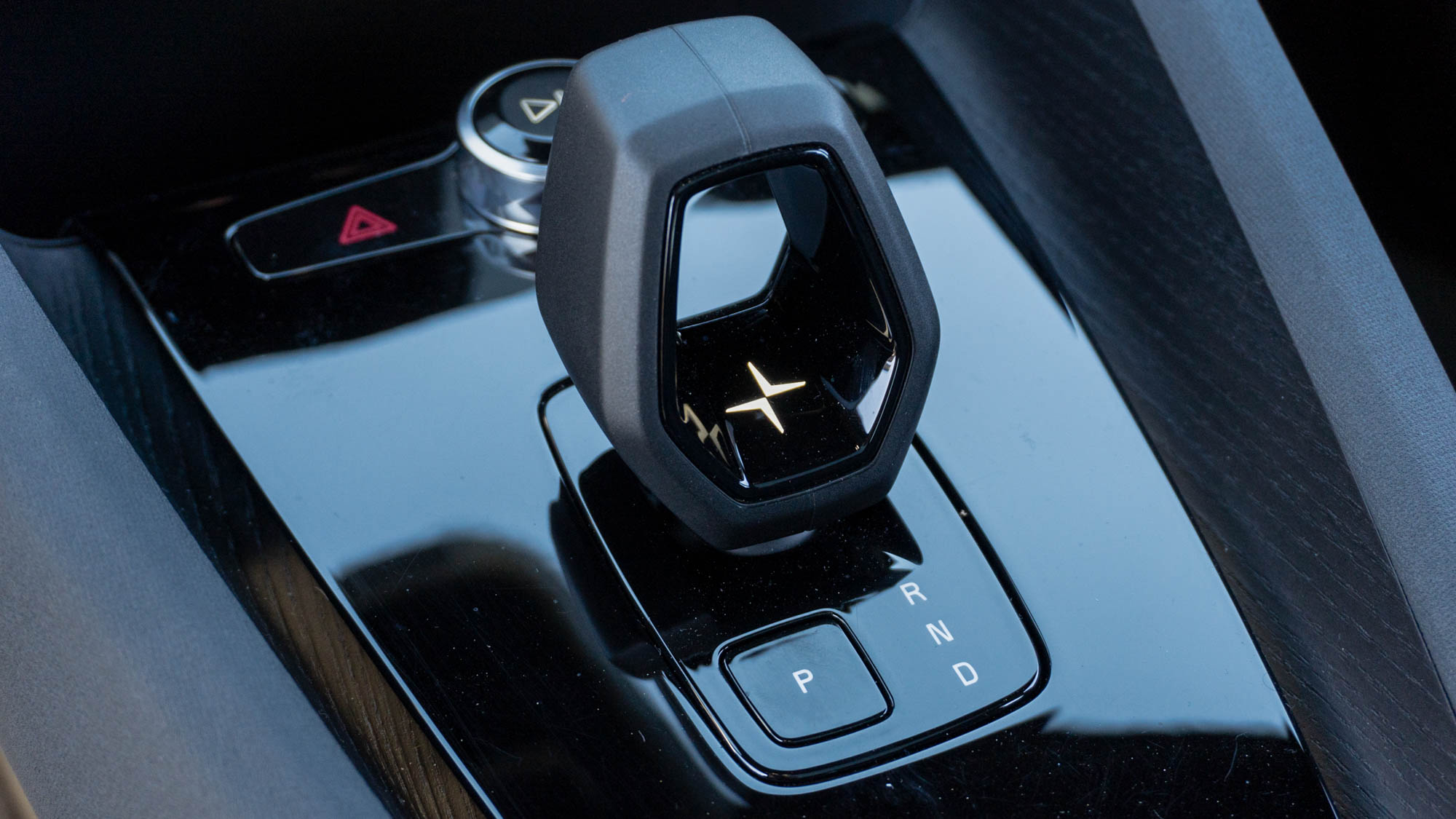
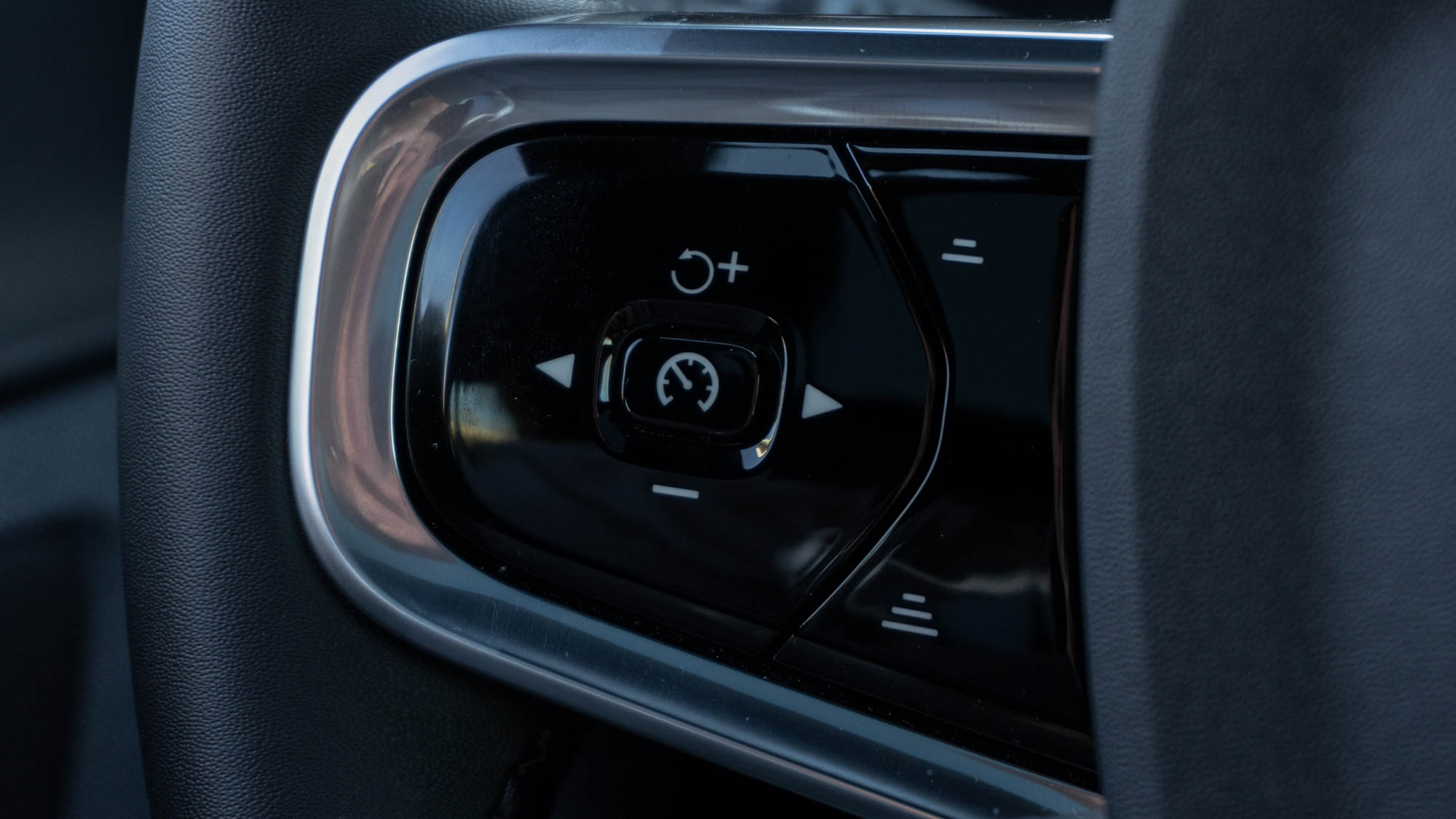

One weird aspect of the vehicle are the adaptive cruise control buttons on the steering wheel. The Polestar 2 does not ship with adaptive cruise control as a standard feature. Instead, regular cruise control is standard. Our vehicle was not outfitted with the more robust version of cruise control but still had all the buttons on the steering for the system. The result is a few buttons on the left side of the steering wheel that don’t do anything.
Yet the rest of the interior is well planned out and comfortable. Polestar and other automakers pride themselves on offering vegan interiors. The Polestar 2 uses a vegan weave material on the seats that doesn't try to recreate the feeling of leather. Instead, it’s its own thing and we found it to be comfortable and easy to clean after spilling a soda on it early in our tests.
Seat support is on par with other luxury vehicles and was helped by the addition of the Plus pack which included power-adjustable seats with 4-way power lumbar support. The front seats offer plenty of head and legroom. The back seats offer up legroom for adults as long as those in the front aren’t tall. Headroom can be an issue in the back seat for those taller than six-foot-four inches.
Overall the interior space feels spacious. The optional glass roof likely helped with that. Instead of cramming as many elements into the area, Polestar went in the other direction and the result is a clutter-free driving experience.
The trunk area has 14.3 cubic feet of cargo space. Enough for a trip to the store or four suitcases. Under the main trunk area lies additional storage for anything you don’t need quick access to or just to keep out of space. The rear cargo area also has a pop-up divider that can be used to keep items from rolling but also has small hooks and an elastic band to keep bags from sliding around the back of the car. We tested it with plastic and canvas bags and in both instances, when we arrived at home, everything was still upright.
Tech and safety features
The minimalism of the interior pairs well with the inclusion of Android Automotive OS. Polestar and Volvo are the first automakers to implement the system in production vehicles and instead of skinning the base operating system with their own software, both automakers have the Google bits front and center.
The result is a huge jump from the Sensus infotainment system that Volvo previously had in its vehicles. The largest benefit is the Google Voice Assistant. With it we were able to control the temperature, quickly set the destination and add waypoints to navigation, as well as control media playback from Google’s Youtube Music app and Spotify.
The inclusion of the Google Play Store is a nice touch although it’s still a bit sparse. It’s mostly apps from charging networks, media streamers, and navigation alternatives. It’s not huge now, but we suspect the app library will continue to grow as more vehicles are introduced into the market with Play Store access.

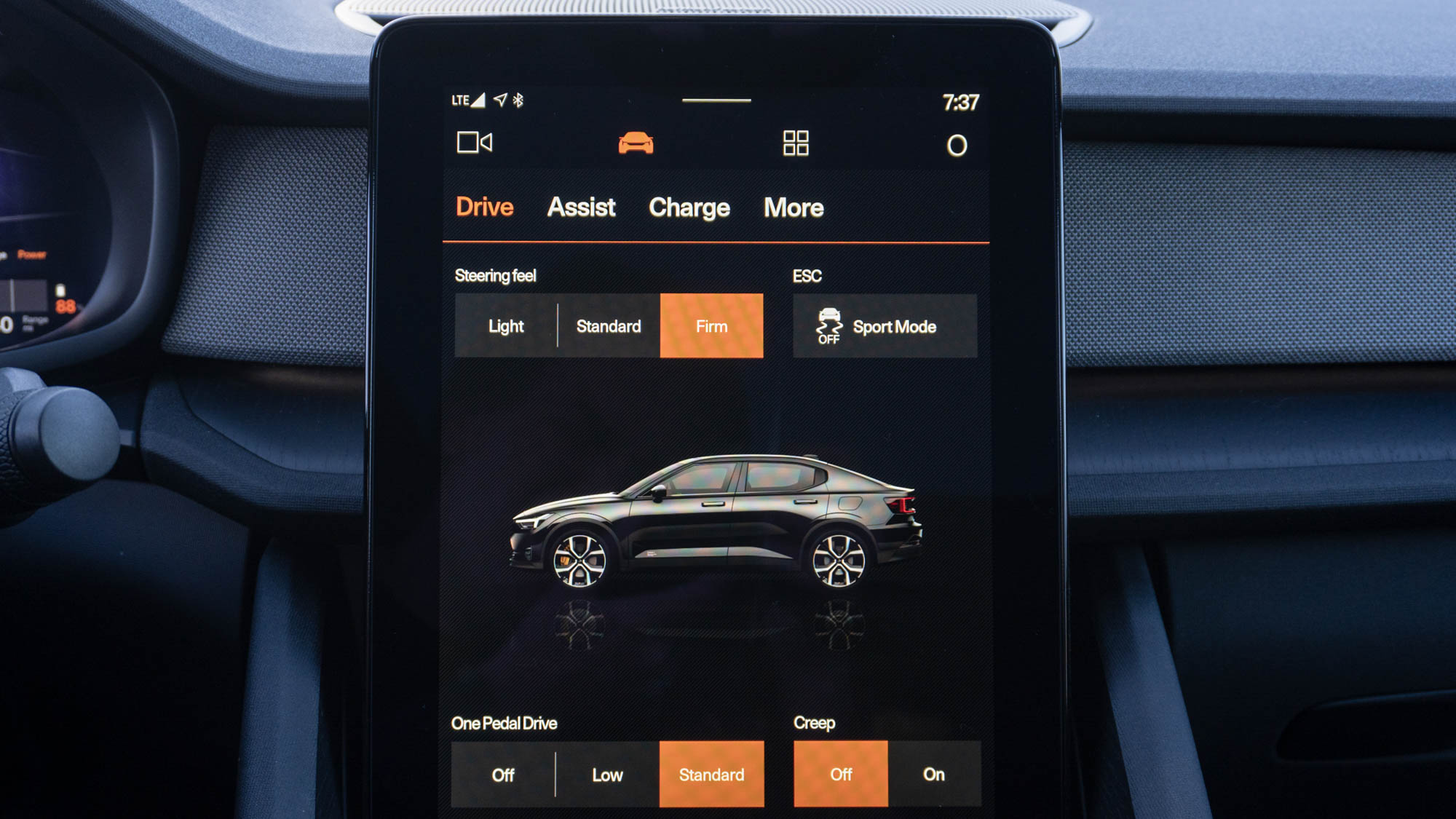
We still got the most use out of the voice assistant. During long drives, we took the opportunity to ask the assistant random questions and received mostly relevant responses. Most of the things you can do with Google Assistant on your phone or in your home, you can do in the car.
There’s also the added benefit of signing into your Google account in the vehicle. Access to calendar items and contacts is wonderful and we could check on our day to make sure we didn’t miss any appointments while out driving the vehicle. It also meant that looking up destinations on Google Maps with our phones meant that when we got into the car, the destination was stored in recent searches.
The drive
The difference between an all-wheel-drive vehicle and a front-wheel-drive is apparent in our test vehicle — although it does little to reduce our pleasure behind the wheel. Before it was known as the EV sister to Volvo, the Polestar brand was the performance division of the Swedish automaker. That lineage carries over to the startup’s own vehicles.
For those looking for an exciting driving experience while surrounded by Volvo-level luxury, the Polestar 2 delivers. Steering is tight and cornering only exhibits oversteer when the vehicle is pushed beyond what the average driver will do. While the acceleration can’t match that of the dual-motor variant, it’s still plenty quick when entering the freeway and while linking corners.
The downside to that is that the ride quality is a bit rougher than your typical luxury sedan. Living up to its performance history means Polestar is trading glassy smooth driving with a more performance-tuned system.
There are two driving modes, the normal mode, and Sport Mode that turns off traction control. It’s more likely that drivers will instead adjust the steering feel of the vehicle which is available in Light, Standard, and Firm. We kept the system mostly in Firm, but our tests of Light and Standard yielded a more refined driving experience that would be at home around town.
Polestar also offers up three regenerative braking modes; Low, Standard, and Off. When in Standard mode, the Polestar 2 has the best regenerative braking one-pedal driving system on the market in terms of how well it comes to a stop. While other systems take a day or two to master, we were able to get the Polestar 2 to stop exactly where we wanted within three intersections.
It made driving through town without using the actual brake a breeze and in the long run, is likely to increase the range of the vehicle. It’s also better from a maintenance perspective, since minimal use of the brake pedal means the brake pads won’t wear down as quickly as they otherwise would. It also might explain why we were able to exceed the EPA-rated range of the vehicle.
Off the line, the Polestar 2 single motor doesn’t come close to the excitement generated by the dual-motor variant. With a zero to 60 time of seven seconds, you’re not going to be impressing any friends with its quickness. On the road though, stabbing the accelerator does translate into the EV torque experience you would expect from Polestar. When passing slower traffic, we never felt the Polestar 2 would let us down and cause us to abandon our task.
Navigation and driver assistance features
The vehicle we had for review only had basic non-adaptive cruise control. Fortunately, we’ve driven the Polestar 2 First Edition and used the automaker’s driver assistance system, and found it to be on par with the rest of the industry. Adaptive cruise control did a solid job tracking vehicles. Acceleration and braking, while it was enabled, were neither too slow nor late or overly aggressive. Lane centering worked great in all but the most extreme highway corners.
Thanks to Android Automotive OS, navigation benefits from relying on the mapping application a huge percentage of us use. The result is turn-by-turn directions that are usually spot on. What’s especially great about this is that because Google Maps is so integrated into the vehicle, the state of charge is included in destination information and you can add charging stations to your route. It’s not as robust as the offering from Tesla, which can automatically factor in Superchargers when you set up navigation, but it’s better than most systems out there.
Verdict
The only place where the Polestar 2 Long Range Single Motor doesn’t deliver Polestar-performance is off the line. Once you get going though, the vehicle makes itself at home on the freeway, back-road twisties, and in town. The suspension might be a little stiff for those looking for a pure luxury experience, but for anyone wanting a bit of fun combined with Swedish aesthetics it delivers.
On the tech front, Polestar made the smart move using Android Automotive as its infotainment system. It brings with it one of the best voice assistants on the market and gives drivers access to Google accounts while on the go. For those concerned about Google tracking our entire lives, it can be used without an account.
Overall, the least expensive Polestar 2 makes for a great EV for those that like to have fun behind the wheel, want some of the best technology inside a car, and love the minimalism of a sedan designed in Sweden.

